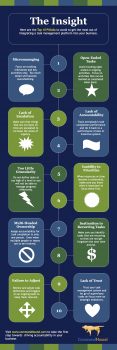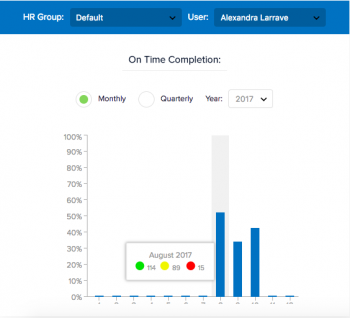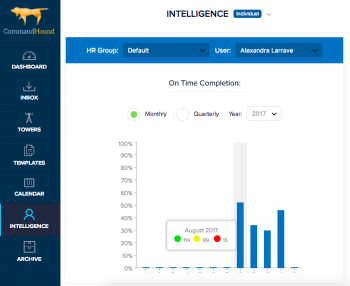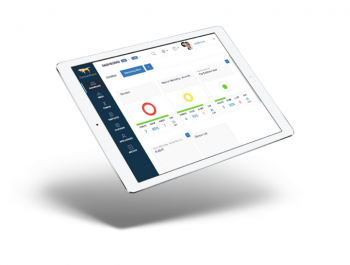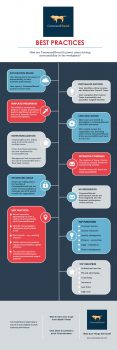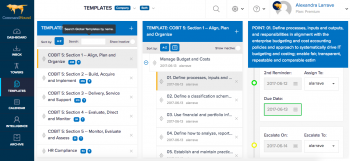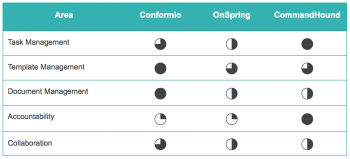At CommandHound, we have been working with our power users to record and share their top tips. Check out their top 10 tips to drive accountability in the workplace here. Now, here is the list of their top 10 warnings or pitfalls to avoid while using a task management software.
Insights: Accountability
Holding people accountable in the workplace requires a full closed feedback loop to be really effective. If we are able to track actual results as people complete their assigned tasks, do you think they will be more inclined to make sure things get done?
The mission of the International Esperanza Project (IEP) is to inspire hope in people in developing countries through healthcare and community development projects. They have selected CommandHound to provide the task management and accountability support they need to maximize their resources.
Everybody talks about how task management tools are great at handling all those to-dos and action items. The reality is that very few people get the benefits they expect. There are hundreds of reasons for this, but here are the top 10 that affect the most people.
We all agree that decision-making is a critical component in any business. Informed and timely decision-making is a goal we all aspire to improve on. So what happens when responsibilities and ultimate accountability are not clearly defined?
CommandHound power users follow a predictable path towards the institutionalization of a culture of accountability in the workplace. Here is a quick Infographic that shows you the typical path they follow.
Have you tried to implement a comprehensive information security framework like ISO 27001 or COBIT but nobody is doing what they are supposed to do? A lack of accountability in the workplace is often the main reason.
Deciding to implement a comprehensive information security framework like ISO 27001 or COBIT is not a trivial thing. These frameworks are comprehensive, cross-functional, broad reaching, and culture-changing. Here are 3 compliance software tools to help you through the process.
Investing in the definition, implementation, and monitoring of critical policies and procedures, when combined with the right amounts of empowerment and accountability, should allow you to step back and only intervene when exceptions happen.
We all want our employees, co-workers, or team members to embrace personal accountability in everything they do to make sure things get done. Why is it so hard to make it happen? Could it be you?
